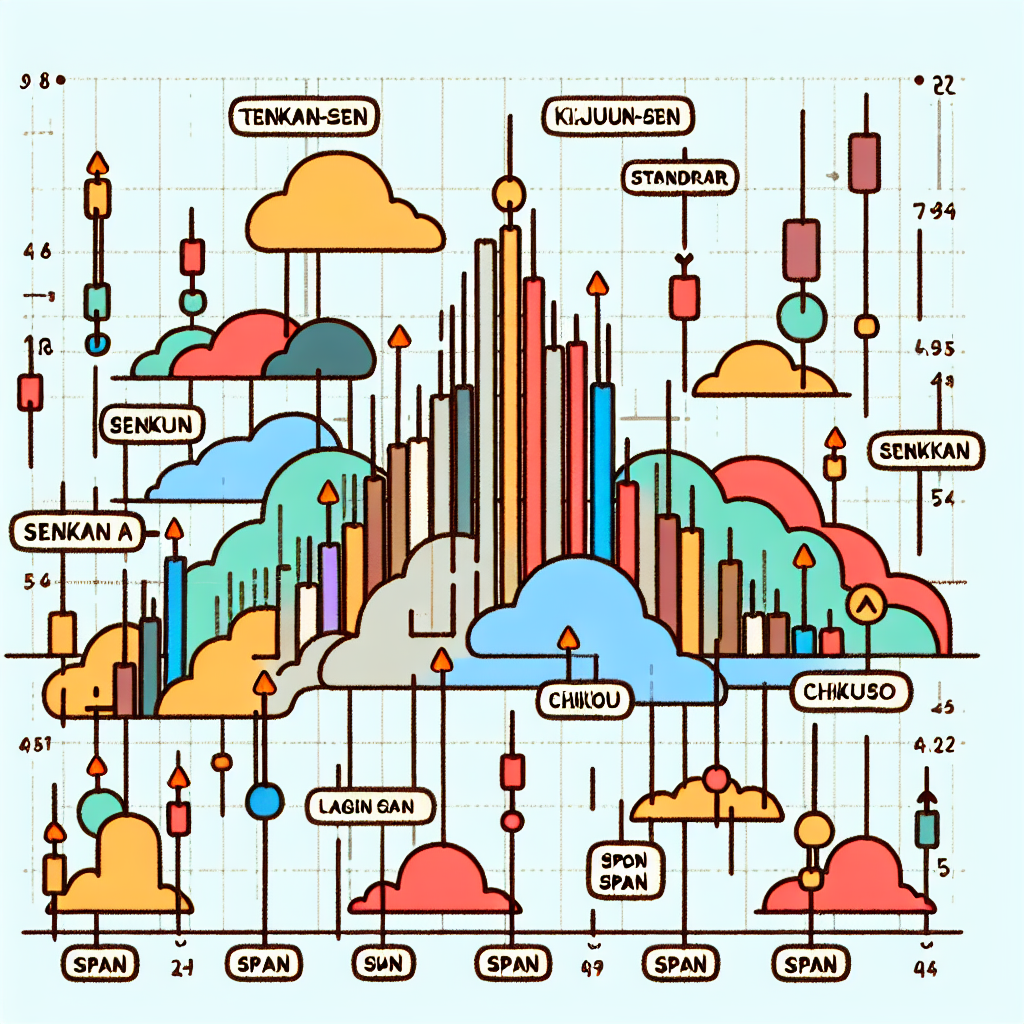
The Future of Banking: Technology Innovations
Introduction
Technology has revolutionized the banking industry in recent years, making transactions faster, more secure, and more convenient for customers. From mobile banking apps to biometric authentication, here are some of the latest innovations in banking technology.
Mobile Banking Apps
Mobile banking apps have become increasingly popular among consumers, allowing them to access their accounts, transfer money, pay bills, and deposit checks from their smartphones or tablets. These apps provide a convenient and secure way for customers to manage their finances on the go.
Benefits of Mobile Banking Apps:
- 24/7 access to account information
- Convenient bill payment options
- Remote check deposit capabilities
Biometric Authentication
Biometric authentication, such as fingerprint or facial recognition, is being used by banks to enhance security and streamline the login process for customers. This technology provides an additional layer of protection against fraud and identity theft.
Advantages of Biometric Authentication:
- Increased security
- Convenient and quick login process
- Reduced risk of unauthorized access
Blockchain Technology
Blockchain technology is revolutionizing the way transactions are conducted in the banking industry. By creating a decentralized and secure digital ledger, blockchain technology allows for faster and more transparent transactions, reducing the risk of fraud and errors.
Benefits of Blockchain Technology:
- Improved security and transparency
- Faster and more efficient transactions
- Reduced costs for banks and customers
Artificial Intelligence
Artificial intelligence (AI) is being used by banks to enhance customer service, improve fraud detection, and personalize the banking experience for customers. AI-powered chatbots and virtual assistants are becoming increasingly common in the banking industry, providing customers with instant support and personalized recommendations.
Ways AI is Transforming Banking:
- Personalized customer experiences
- Improved fraud detection and prevention
- Efficient and cost-effective customer service
Conclusion
As technology continues to advance, the banking industry will continue to evolve and adapt to meet the changing needs of customers. From mobile banking apps to blockchain technology, these innovations are shaping the future of banking and providing customers with more convenient and secure ways to manage their finances.






